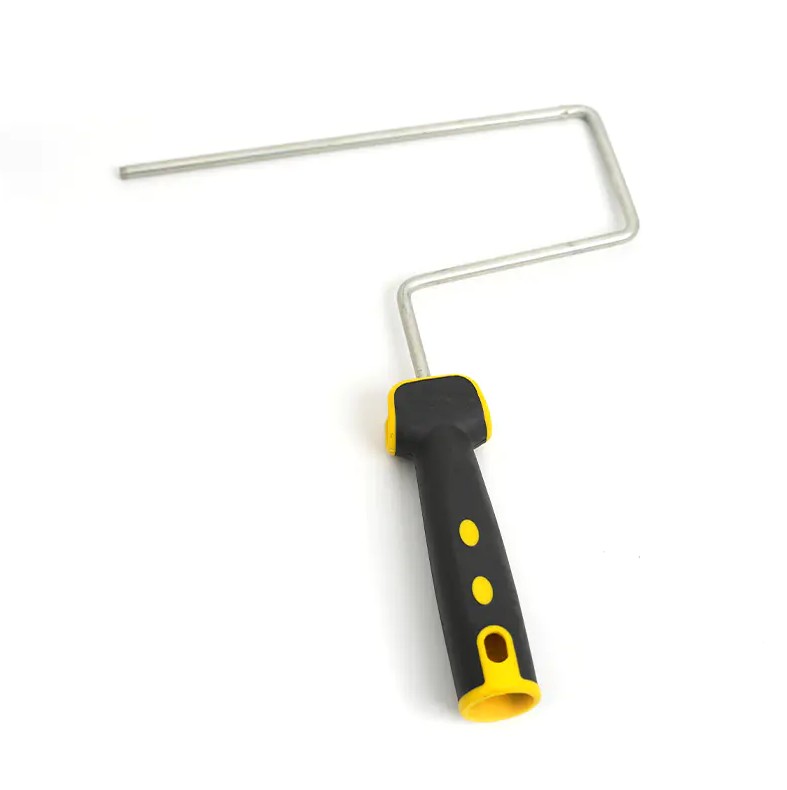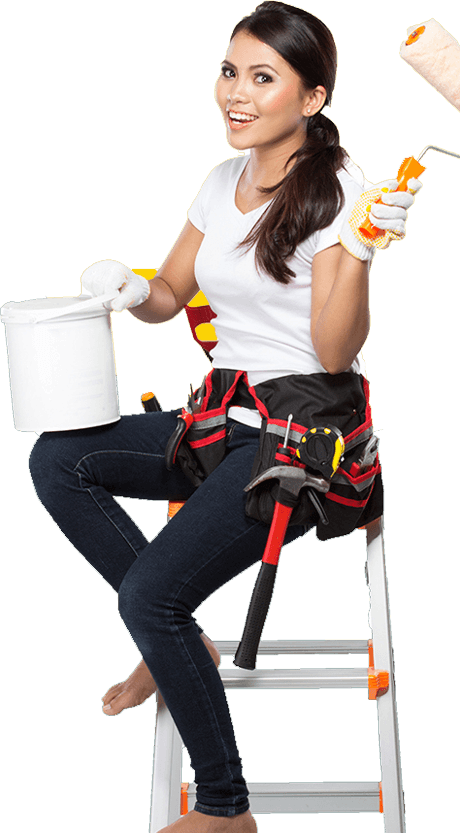Paintbrushes are essential tools for painting, but thoroughly removing any remaining paint from the bristles after the job is complete is a common problem. Properly cleaning and maintaining your paintbrush not only prolongs its lifespan but also ensures quality next time you paint.
Content
1. Clean Immediately: How to Clean Water-Based (Latex) Paint
If you're using water-based paint (such as latex paint), cleaning is relatively simple; the key is "timeliness."
- Tools: Warm water, soap or detergent, old newspaper or cloth, and a container.
- Preliminary Treatment: Use a scraper or old newspaper to remove any excess paint from the paintbrush while it's still wet.
- Soak and Rub: Dip the paintbrush in a container of warm water and a small amount of soap (or detergent). Gently rub the bristles in the water until most of the paint dissolves. You can press the bristles back and forth with the bottom or sides of the container to help release the paint.
- Rinse Thoroughly: Rinse the paintbrush thoroughly with clean water until the water runs clear.
- Drying and Storage: Squeeze the bristles dry with your hands or a towel, then smooth them out. Lay the brush flat or hang it to dry, avoiding the bristles facing downward to prevent warping.

2. Dealing with Stubborn Oil-Based Paint: Solvent Selection and Techniques
Oil-based paints (such as alkyd paint and varnish) require solvents to clean.
- Choosing the Right Solvent: Oil-based paints typically require a specific thinner, such as turpentine, mineral spirits, or thinner. Be sure to choose the right thinner for the type of paint you are using.
- Solvent Soaking: Pour a small amount of thinner into a watertight container and immerse the paintbrush in it. Be careful not to soak the handle, as the amount of solvent should only cover the bottom of the bristles.
- Repeated Cleaning: Press and agitate the paintbrush against the bottom of the container to allow the solvent to penetrate and dissolve the paint deep within the bristles. You may need to change the solvent several times to thoroughly clean the paintbrush.
- Secondary Cleaning: After solvent cleaning, it's recommended to wash the paintbrush again with warm water and soap to remove any thinner residue and odor.
- Safety and Ventilation: When working with thinner, always work in a well-ventilated area and wear gloves to protect your skin.

3. Rescue of a Dried-Out Paintbrush
If the paint on your paintbrush has completely dried on, don't give up easily.
- Overnight Soak (for oil-based paint): Completely submerge the dried-out paintbrush in a strong thinner or specialized brush cleaner. Let it sit for several hours, or even overnight, to allow the solvent time to soften the dried-in paint.
- Using a Scraper or Wire Brush: Once the paint has softened, use an old scraper or wire brush to gently scrape the paint off the bristles.
- Combing the Bristles: After cleaning, gently comb the bristles with a wire comb to help restore their original shape.
Regular and proper cleaning is the best way to protect your paintbrush. A clean, smooth paintbrush will make your painting project much more efficient. Remember, whether you're using water-based or oil-based paint, timely cleaning is the easiest way to save effort. When storing, wrap or cover the bristles of your brushes to keep them straight and prevent them from bending or becoming damaged.



 Español
Español







